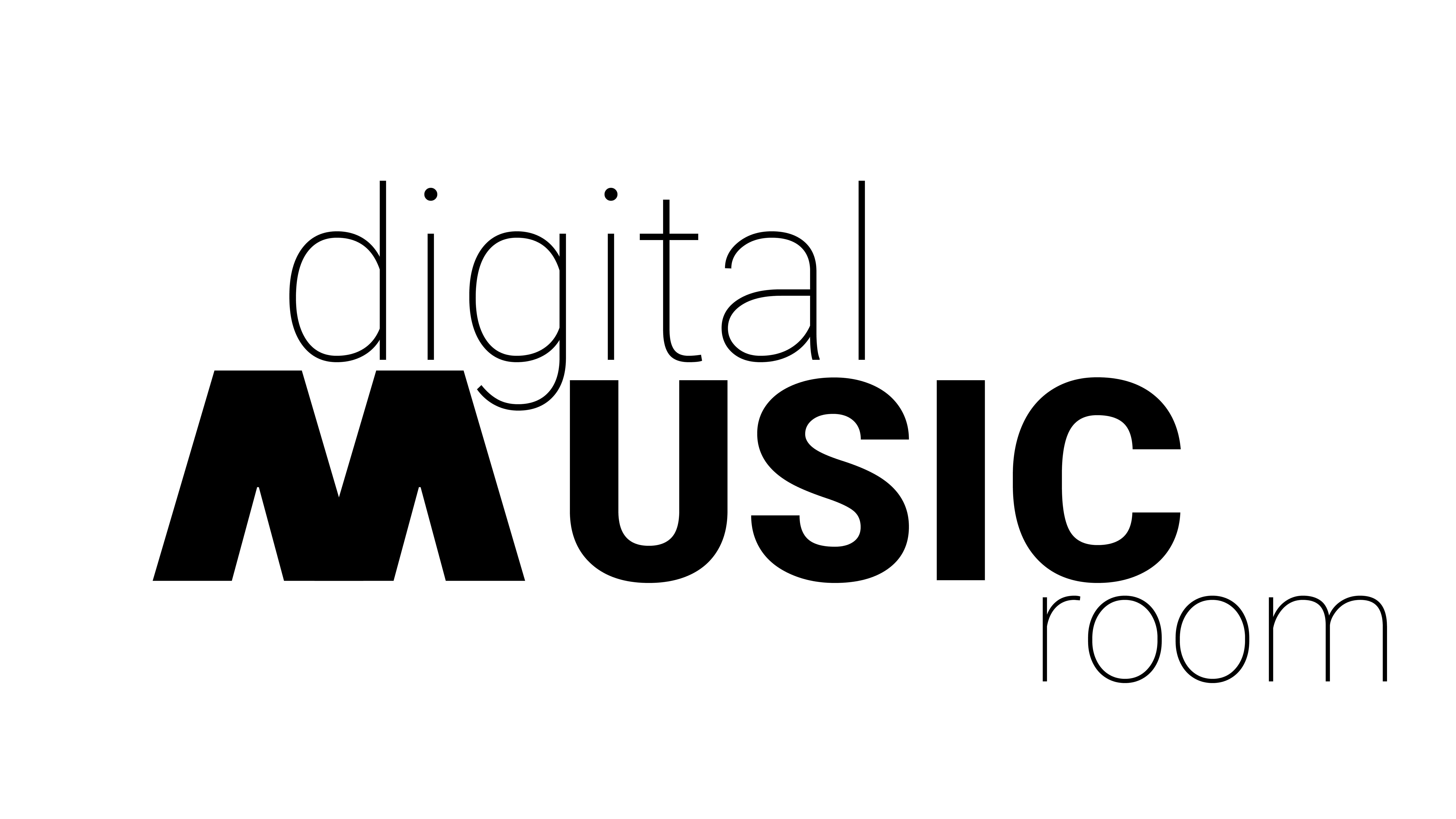
ABOUT PIAZZOLLAlberdi
There are several reasons for choosing this programme to open the Digital Music Room broadcasts. On the one hand, it was a programme that kept my Music Project active during a year of uncertainty due to the pandemic. On the other, because, in a way, my relationship with Piazzolla and his approach to the musical phenomenon has inspired and guided the way I have found to channel my career as an accordionist. And in this first paragraph I have already talked about three concepts that I should explain calmly in these first “programme notes” of my little free music streaming service.
When, after some time, we look back and remember this hiatus in the way we understand public space, now that we are aware that our way of making a living, i.e. bringing people together in a generally enclosed space to share the experience of making and receiving music, was potentially dangerous, and once we got over this hiatus, we can say that we have been able to make a living from it, was potentially dangerous and once we got over the initial shock of the confinements in a situation that was new to us, I realise that one of the things that disturbed me the most and why I hardly offered virtual concerts during the confinement was because very rarely did we achieve a level of emotion analogous to that of the live concert. Digital Music Room was born as a music room with the primary purpose of offering music through digital devices but, above all, with the desire and the need to convert the digital into an experience analogous to the live one in terms of emotion, in terms of sound and video quality, in terms of that inner drive that defines and combines the emotion of a live performance and the use of technologies.
Secondly, also during the pandemic, what I used to call Ensemble was transformed into what I now call my Music Project. I was not convinced by the conventional name of ensemble. Our function is different from that of an ensemble; we are a laboratory for experimentation in which the accordion is the protein that binds the rest of the instruments together. Therefore, it is a space for development and experimentation whose objective is the revision of instrumental, interpretative or scenic concepts around the accordion. An instrument that is close to many traditions and audiences, but also unknown in many of its facets and that, for this reason, has a need to constantly rethink its place within music.
Finally, Piazzolla’s legacy as a fundamental musician of the 20th century captures many of the aspirations of my career as an accordionist. His creativity managed to make the traditional new and modern, to make new creation part of the repertoire, and to enjoy immense popularity. The first two characteristics are certainly part of my aims, the popularity I would not want for myself, but for the accordion as an instrument. And as if that were not enough inspiration, his writing for bandoneon has shown us, a great many contemporary accordionists, how to redefine the reality of an instrument, establish models of collaboration and enhance all the technical and expressive possibilities of an instrument by means of a new language.
PIAZZOLLAlberdi is now yours. We hope you enjoy it.
Iñaki Alberdi


